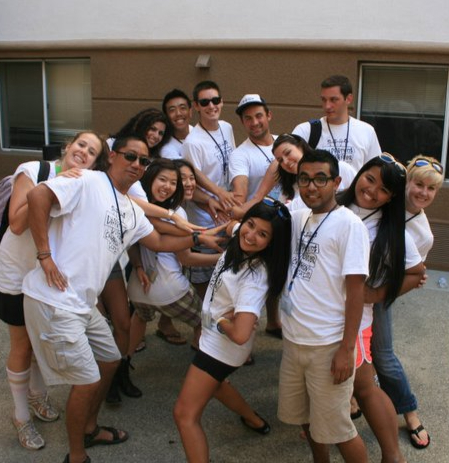Icebreakers, Energizers & Mixers
- Leadership Inspirations Staff

- May 3, 2018
- 3 min read

WHY ICEBREAKERS, ENERGIZERS, & MIXERS IMPORTANT...
As a leadership coach, it surprises me how often I hear the phrase, “I hate icebreakers” from the people I work with (even from other leadership professionals). When asked, these individuals usually say that they feel silly or awkward when participating in icebreakers. While icebreakers, energizers, mixers, and other “silly” activities may not have an obvious connection to your curriculum, they are valuable because they encourage the entire group to step slightly outside of their comfort zone and in doing so, prepare the group for success during your facilitation. They do this by setting appropriate energy levels and by easing the process of getting to know others by adding structure. In this way, icebreakers, energizers, and mixers are very important and often overlooked types of activities that when utilized appropriately can only improve the quality of your facilitation.
In order to use these types of activities, it is first important to understand what the different types of activities are and how to use them. An activity’s type depends on the situation and what it is being used for, so one activity may be an icebreaker, energizer, or mixer depending on the context and purpose. On a similar note, activities typically identified as icebreakers, energizers, or mixers can also be used as experiential activities by making a few adjustments. The simplest way to do this is by debriefing the activity. Adding a debrief to the end of the activity allows you to draw lessons from the activity that you can then connect to curriculum pieces using appropriate transitions.
HOW ARE THEY DIFFERENT
Icebreakers
Icebreakers are activities that are used to break down barriers between people and help them get to know each other better. These activities are most useful when a group is in the forming and norming stages of group development. It is common to use icebreakers at the beginning of sessions because they provide a brief “warm-up” for participants to get acclimated to each other and the session.
Examples of icebreakers include: Dyads, Name Olympics, etc.
Energizers
Energizers are activities that change the energy in the group – either higher or lower. We use these activities to shift the focus of the group. These activities can be used when energy of the group is too high or too low and are often helpful in setting the energy level for a session following a break.
Examples of energizers include: Gotcha, Speed Hoop, etc.
Mixers
Mixers are activities that are used to introduce larger groups of people to each other. These activities are most useful in the forming and norming stages of group development for a group that is composed of a number of identifiable smaller groups. They can be used to exchange ideas or to help different committees or departments get to know each other.

Leadership Inspirations, the creators of TGIRF, truly believe this game is really FUN! Like, REALLY fun. 🤩 Since 2006, they have worked relentlessly to find the best ways to mix fun and learning. With their army of highly skilled facilitators, they have built a proven track record for providing engaging, interactive, research-based programming for thousands of students, educators, athletes, and professionals. Click HERE to learn more about these awesomely awesome professionals with backgrounds in education, leadership, organizational development, counseling, psychology, and more...



Comments